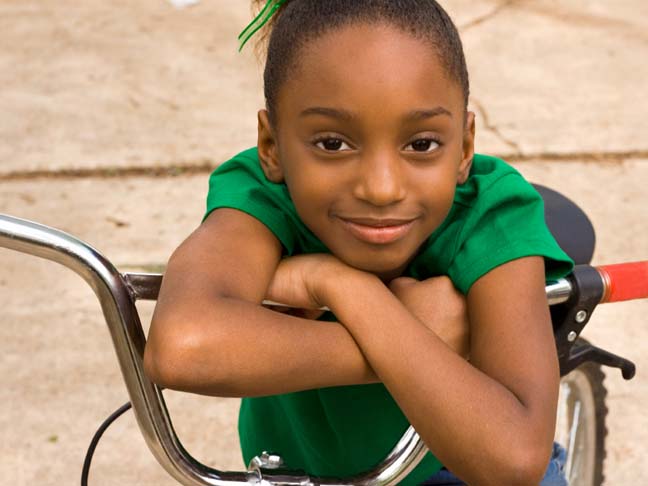Yeah! It’s National Bike Month. You have visions of taking off the training wheels and running along beside your child’s wobbly bike, suddenly letting go and watching your child ride off into the sunset.
This is one scenario, but many times it doesn’t quite work that way. Here are a few ideas to help with the success of learning to ride a bike.
Training Wheels
Training wheels are the most common approach. Yet, they can actually prolong learning the skill of independent bike riding and have an added danger factor of toppling over on turns or corners.
Running Along
A faster but more difficult way is to run alongside a bike which has no training wheels. For the parent, it can be difficult to lean over, keep up, and be of real help. The child needs consistent, reliable feedback. Instead of holding the handlebars or the seat, hold the shoulders for best feedback. The use of a handle attached right to the bike can also be very helpful. Ready Rider is a company which sells those handles.
No-pedal Bikes
Our son had good luck with a no-pedal bike. The child runs their feet along either side of the bike until they are ready to lift their feet. Many companies sell these kinds of bikes. The cheapest solution is to take the pedals off a regular bike. When the child is ready, put them back on.
Improve Balance
Tricycles are a great first step. It’s also helpful for your child to improve their overall balance and coordination through such tools as balance boards, scooters, pedal rollers, and balance beams. Sportime is a catalog with lots of balance equipment.
Under-sized
Make sure that the bike your child is learning on is not too big. This makes it difficult to master.
Patience








